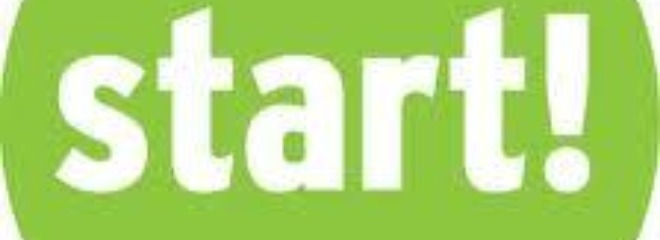Teaching approaches: the grammar-translation method
An article discussing the grammar-translation approach to language learning.

At the height of the Communicative Approach to language learning in the 1980s and early 1990s it
became fashionable in some quarters to deride so-called "old-fashioned" methods and, in particular, something broadly labelled "Grammar Translation". There were numerous reasons for this but principally it was felt that translation itself was an academic exercise rather than one which would actually help learners to use language, and an overt focus on grammar was to learn about the target language rather than to learn it.
As with many other methods and approaches, Grammar Translation tended to be referred to in the past tense as if it no longer existed and had died out to be replaced world-wide by the fun and motivation of the communicative classroom. If we examine the principal features of Grammar Translation, however, we will see that not only has it not disappeared but that many of its characteristics have been central to language teaching throughout the ages and are still valid today.
The Grammar Translation method embraces a wide range of approaches but, broadly speaking, foreign language study is seen as a mental discipline, the goal of which may be to read literature in its original form or simply to be a form of intellectual development. The basic approach is to analyze and study the grammatical rules of the language, usually in an order roughly matching the traditional order of the grammar of Latin, and then to practise manipulating grammatical structures through the means of translation both into and from the mother tongue.
The method is very much based on the written word and texts are widely in evidence. A typical approach would be to present the rules of a particular item of grammar, illustrate its use by including the item several times in a text, and practise using the item through writing sentences and translating it into the mother tongue. The text is often accompanied by a vocabulary list consisting of new lexical items used in the text together with the mother tongue translation. Accurate use of language items is central to this approach.
Generally speaking, the medium of instruction is the mother tongue, which is used to explain conceptual problems and to discuss the use of a particular grammatical structure. It all sounds rather dull but it can be argued that the Grammar Translation method has over the years had a remarkable success. Millions of people have successfully learnt foreign languages to a high degree of proficiency and, in numerous cases, without any contact whatsoever with native speakers of the language (as was the case in the former Soviet Union, for example).

There are certain types of learner who respond very positively to a grammatical syllabus as it can give them both a set of clear objectives and a clear sense of achievement. Other learners need the security of the mother tongue and the opportunity to relate grammatical structures to mother tongue equivalents. Above all, this type of approach can give learners a basic foundation upon which they can then build their communicative skills.
Applied wholesale of course, it can also be boring for many learners and a quick look at foreign language course books from the 1950s and 1960s, for example, will soon reveal the non-communicative nature of the language used. Using the more enlightened principles of the Communicative Approach, however, and combining these with the systematic approach of Grammar Translation, may well be the perfect combination for many learners. On the one hand they have motivating communicative activities that help to promote their fluency and, on the other, they gradually acquire a sound and accurate basis in the grammar of the language. This combined approach is reflected in many of the EFL course books currently being published and, amongst other things, suggests that the Grammar Translation method, far from being dead, is very much alive and kicking as we enter the 21st century.
Without a sound knowledge of the grammatical basis of the language it can be argued that the learner is in possession of nothing more than a selection of communicative phrases which are perfectly adequate for basic communication but which will be found wanting when the learner is required to perform any kind of sophisticated linguistic task.
From site:onestopenglish.com/




